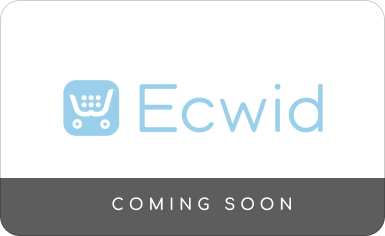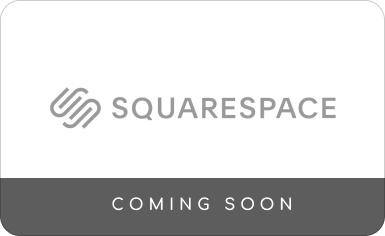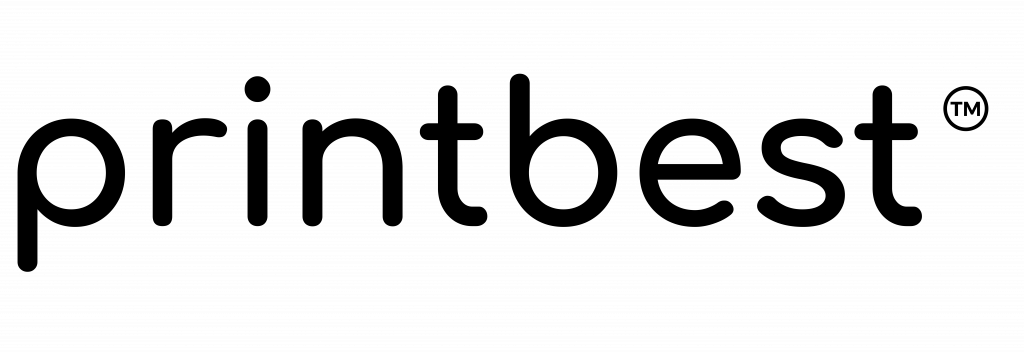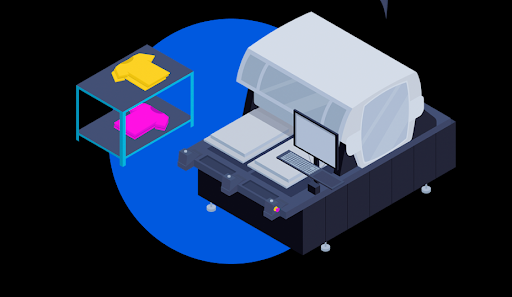Have you ever wondered how printers print onto fabrics like T-shirts? There are actually several techniques involved, each of which can involve the use of certain types of equipment. Which type is best for the job depends on numerous factors, such as the complexity of the design, the materials being used, and the budget.
One of the most common methods is direct-to-garment (DTG) printing, and we’ve created this brief beginner’s guide to help you learn more about it.
DTG Printing for Print on Demand Beginners
Other Printing Methods
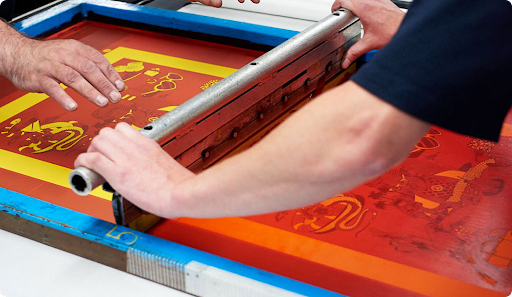
Before we talk about DTG print technology, it can help to have a quick look at some of the other methods that printing companies use. These include the following:
- Screen Printing: Screen printing involves using a stencil on a mesh through which ink is pressed onto the fabric. The stencil ensures that only the required ink is transferred to the fabric, thus causing the design to be printed as needed. This method can result in some quality creations but is not suitable for complex designs with many colors.
- Heat Transfer Vinyl: Heat transfer vinyl (HTV) involves applying an adhesive-backed vinyl onto the fabric with heat. The vinyl needs to be cut before being applied. This method produces long-term results but is not the best for large orders.
- CAD Cut Printing: Computer aided design (CAD) cut printing is similar to HTV. Vinyl is cut using CAD and is then transferred to the fabric using heat. It is the most commonly used method for names and numbers on sports shirts.
- Heat Press Printing: For heat press printing, a design is first drawn on a type of material known as a transfer paper. Once your design is ready, pressure and heat are then used to transfer the design to the fabric. This is one of the simplest of methods but also one of the slowest.
- Dye Sublimation: Dye sublimation uses a liquid dye that dries up and hardens when it touches the material being printed on. This method results in quality prints that won’t peel, but it only works well with polyester, and it isn’t easy to print on folds and creases.
- Plastisol Transfer: Plastisol printing is similar to screen printing, except plastisol ink is used. This method can result in great quality prints but is not the best solution for large orders.
What Is DTG Printing?
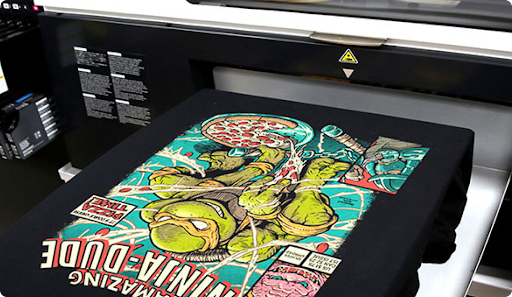
DTG print technology is one of the most recent printed methods to have been developed, with help from the latest printing technologies. In many ways, it works just like the inkjet printers you will find in an office that transfers ink directly onto paper. Of course, a different type of ink is used in this instance, and the medium is fabric instead of paper.
Pros of DTG Printing
DTG offers numerous benefits over other printing methods, including:
- Low Set Up Costs: Setting up a DTG printer involves uploading the design, and it’s ready to go. This is different from other, more time-consuming methods that need stencils and other tools to be made before printing can begin.
- Easy to Use: Other printing methods involve creating stencils, cutting out shapes in vinyl, or drawing designs onto a special paper. These tasks usually require skills that many people don’t have. However, with a DTG shirt printer, all you need to do is upload the design, insert the T-shirt, and it’s ready to go.
- No Minimum Orders: Low set-up costs make minimum orders unnecessary. You could even ask DTG printing services to print a single T-shirt with your favorite design if you wanted.
- Quality Prints: DTG print technology can print complex, multicolor designs with impressive accuracy. Such is its accuracy and detail that you can even use it to print color photographs onto T-shirts and other fabrics.
- More Eco-Friendly: The process of DTG printing is more environmentally friendly compared to methods like dye sublimation and screen printing. New technology developed for DTG is also increasingly more green.
- Improving Technology: Unlike most other printing methods, some of which are thousands of years old, DTG print technology is new. As such, we can expect to see the results improve as the technology is developed further. In addition to better quality prints, further development will also likely see the cost come down.
Cons of DTG Printing
No method is perfect, and DTG printing does have some cons. These cons include:
- Pre-Treatment of Dark Fabrics: Dark garments will need to be pre-treated before printing. The pre-treatment works in a similar way to applying a primer on drywall by preventing the ink from sinking into the fabric immediately to prevent mixing. However, the pre-treatment process will sometimes leave a stain on the fabric which can be washed away.
- Colors Less Bright on Dark Fabrics: When printing on dark fabrics, the colors will often not be as bright as they would on lighter colors. In some cases, this might lead to a re-think of the design or using a lighter color fabric. It can also be difficult to match the exact Pantone, leading to mixed results.
- High Cotton Content Needed: You will typically need to use a fabric with high cotton content to get good results. Cotton content of 80% or more is usually recommended. Fortunately, this is not usually a problem for T-shirt printing because most have a high cotton content anyway.
- Not the Best For Large Orders: While DTG printing is ideal for small orders, it is not the best for large orders. For one thing, using a DTG shirt printer for large runs is time-consuming, potentially taking a lot of manpower. For another, the cost makes DTG print cost-ineffective for larger runs.
- Cost: A DTG shirt printer is not cheap when compared to some other methods. The cost of entry is high enough to put it out of the reach of many businesses.
Access New Markets

While DTG printing isn’t perfect, it does open up whole new opportunities for printing businesses and ecommerce companies. In the past, long and costly set-up times made it impractical and cost-ineffective for a printing company to print in small batches. Instead, they would have to insist on large minimum orders or high premiums per product for smaller batches.
However, the technology makes it cost-effective and practical for DTG printing services to print small runs or even single items. Being able to order single prints on T-shirts has opened up so many opportunities in ecommerce. For example, anybody can create their design and send them to a printing company and let the technology do the rest.
DTG also helps make the print-on-demand model seamless. The process is simple. A printing company will print your design for you and then send it directly to your customers. Even better for ecommerce companies, there’s no need to invest in anything upfront. Instead, the printing company will print orders as they come in, dispatch them to customers, and then take their cut.
The Benefits of the Print on Demand Model
This model offers numerous benefits to budding ecommerce entrepreneurs, including:
- No Up-Front Investment in Inventory Needed: Not having to invest in inventory upfront makes owning an ecommerce store accessible to more people.
- Limited Financial Risk: There is never a guarantee that stock can be sold at a profit, if at all. However, the print-on-demand model eliminates financial risk in relation to inventory.
- Can Make Small Orders: DTG print technology allows companies to make small orders, further reducing financial risk making it especially appealing to small companies.
- Can Experiment: With DTG printing, store owners can afford to experiment with designs. Experimentation will help them find a winning formula, reducing their risk of losing their investment.
- No Need to Invest in Printing Equipment: Printing equipment can be expensive to use and maintain. However, using the print-on-demand formula means you won’t have to buy equipment
- Distribution is Handled for You: Sending orders to your customers can be time-consuming and prone to errors. A print-on-demand partner will handle it for you, leaving you to focus on other tasks.
Summary
DTG is one of the most popular printing methods available, and for some very good reasons. Perhaps one of the greatest benefits is that it opens up opportunities for entrepreneurs who want to get involved in the booming ecommerce industry.
DTG printing services can make the most of the technology to offer single, high-quality prints at affordable prices. Because the model is so easy to take advantage of, entrepreneurs can get involved even with limited design experience.
To benefit from DTG and the print-on-demand model, you will need to work with a reliable print partner. Printbest is a partner you can rely on, so you can feel confident that your customers will be more than happy with you. You are welcome to browse our catalog to see how our team can help your business flourish.






